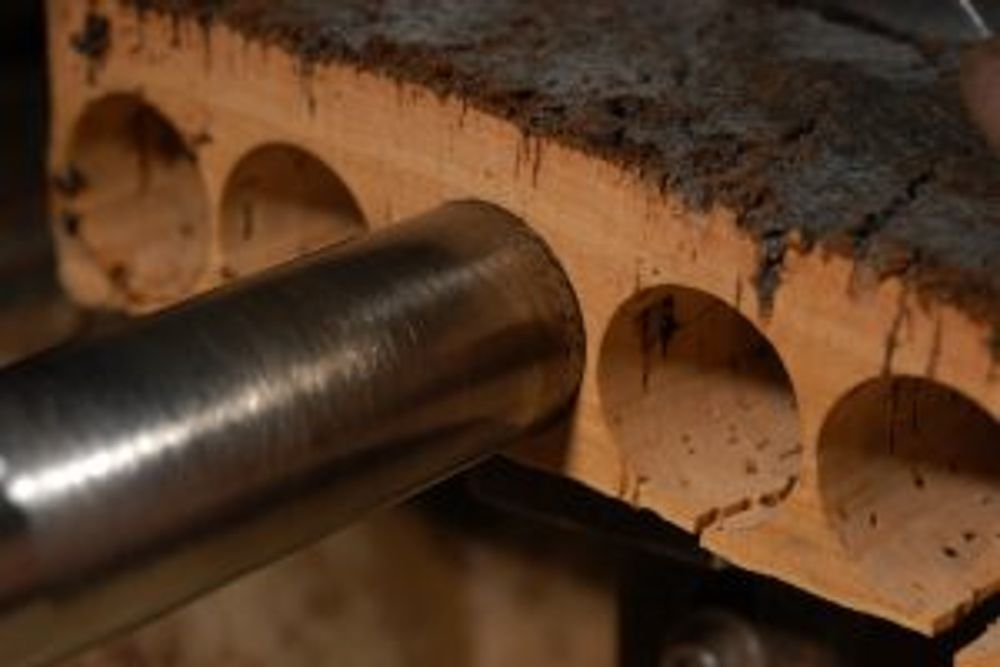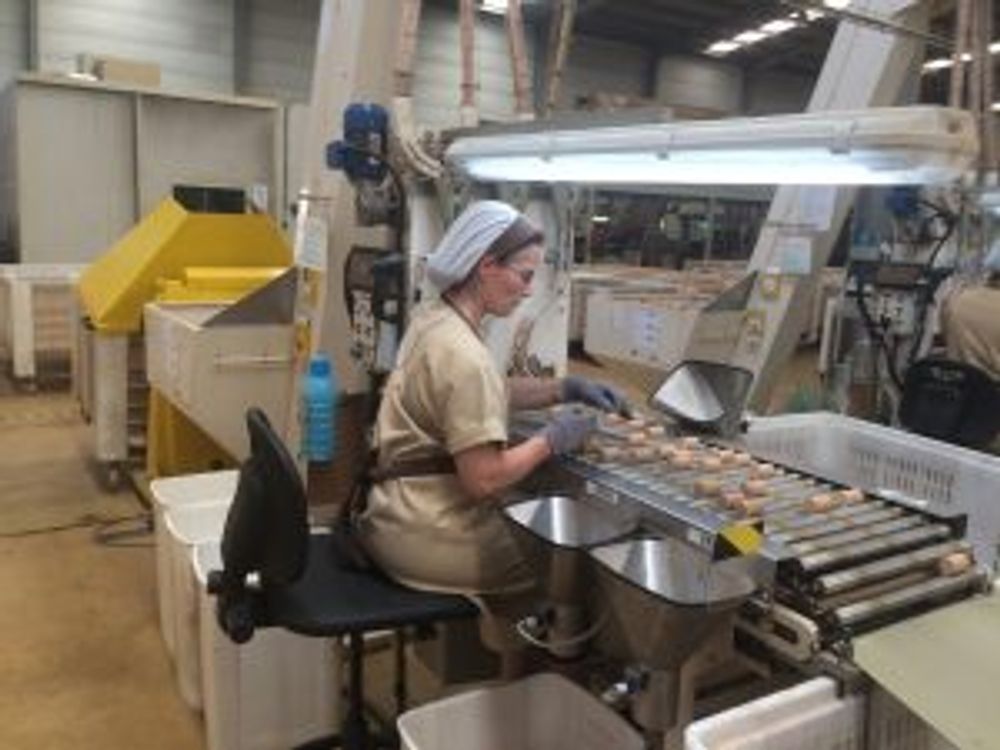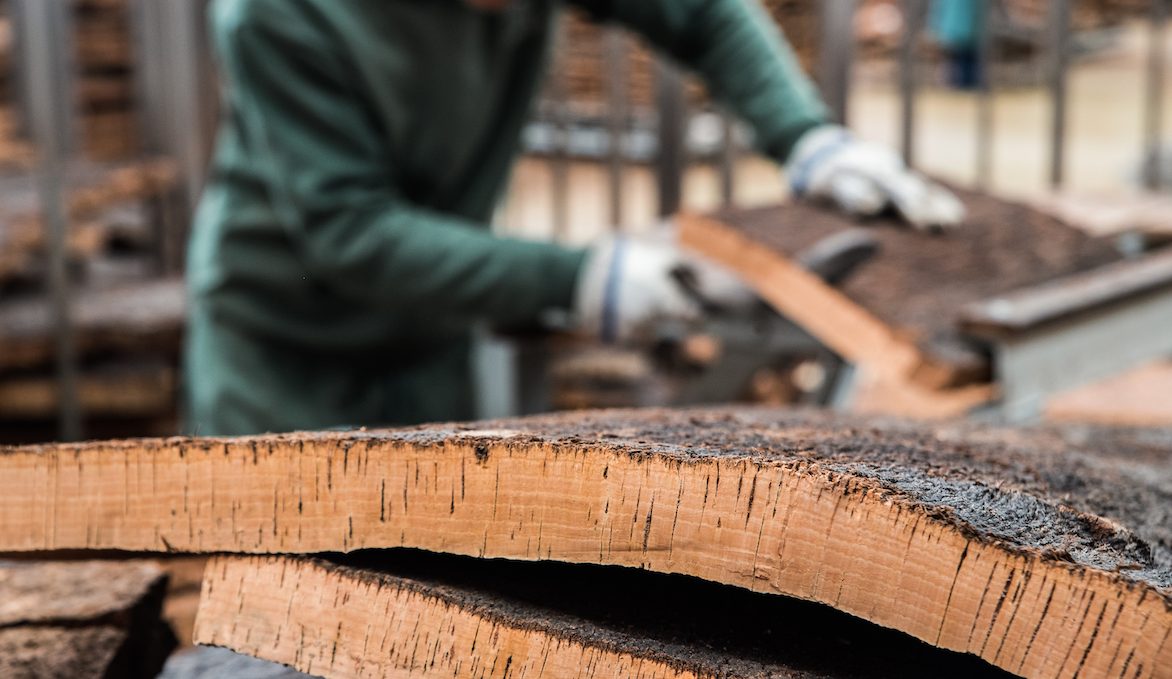Amorim claims that the cork industry is now trying to own the problem of wine taint, rather than pass it on to the consumer as in days gone by. In the last decade £400m has been spent on modernising production and traceability.
Last summer leading cork producer Amorim invited a party of wine hacks on a trip to see cork production in Portugal. The Buyer’s write-up here stoked the hard-fought cork vs screwcap controversy. Confident apparently that cork producers are edging ahead in the closure wars, Amorim is now defiantly tackling cork’s big drawback, wine taint, head-on.

A collection of sommeliers and hapless journos were summoned to Mayfair to be educated in the ‘taste of taint’ by Amorim’s top chemist, Dr Paulo Lopes. We savoured a lovingly curated flight of wines displaying all the major faults that spoil wine.
Our control wine is a 2015 Calvet Bordeaux red. The first sample is a victim of TCA, the dreaded chemical most frequently responsible for spoiling wine, or making it ‘corked’. Though harmless and naturally occurring this carbon compound can be tasted in vanishingly low traces by human palates. We are talking parts per trillion.
One source of the contamination can be the cork, TCA deriving from a natural mould that thrives in the cork tree’s bark. But most TCA taint comes from other sources pre-bottling and a cork can actually prevent airborne contamination, or so it is claimed. One sip is enough to contort your face into a grimace. There is a musty, mouldy taste reminiscent of dirty barrels. Once experienced, it’s characteristic and hard to forget.
Next up comes a similar compound called TBA. Like TCA the sensory perception threshold (ie concentration at which it becomes noticeable to drinkers) is amazingly low. Again, the highly recognisable taste is of mould and dust.
As we progress through the flight, we move to faults that are not strictly classified as taints and higher dosages of the contaminants are necessary to make them noticeable. With Brettanomyces, or ‘Brett’, there is a distinctive taste of leather or sticking plaster, or something smoky and spicy. Brett is a particular problem for red wines grown in hotter climates. Dr Lopes insists that at a low concentration the compound ‘gives complexity to the wine’, something that is both puzzling and counter-intuitive.
With wines that have been oxidised the giveaway, at least in the reds, is the colour which can change from a vivid purple to a red brick or brownish colour. One compound, acetaldehyde can produce aromas of bruised apple or sherry. Others can create odours of boiled potatoes, curry, prune or nail polish. On the palate a dry, diluted, bitter character dominates. Rieslings and Sauvignon Blancs are most prone to oxidation, we are warned.
Our misery is concluded with a wine sample spoiled by reduction, something commonly caused by ‘lightstike’, or the exposure of wine to direct sunlight. Here the colour does not change. But on the nose there are very fresh aromas dominated by peas, burnt match, rubber onion or cooked cabbage. On the palate the taste is astringent with bitter, metallic flavours.
Those are the most common wine taints… what can Amorim do about them?
Winemaking is ultimately a chemical process and our discussion has stripped aside a good deal of the romance. So too has the explanation of ways to combat wine taint; potassium ferrocyanide or copper filings can be added, corks are soaked in a weak concentration of hydrogen peroxide and so on. And, alarmingly, it is possible simply to blend good wine with bad to take the level of contaminant below the all-important human sensory perception threshold.

Yet Dr Lopes’s underlying message is that prevention is better than cure. Today the cork industry is ‘owning’ the problem of corked wines, he says, rather than pushing it on to the consumer as it traditionally did. Far more stringent standards have been introduced and it has spent around £400 million in a decade modernising production and improving traceability. Many top quality corks are now being individually subjected to a 16-second sniff test by gas chromatography machines and guaranteed taint-free; within two years it is claimed all 80 million premium corks will get this treatment.

We shan’t know whether the guarantee is necessary for some years when a decent proportion of these high-end wines are eventually opened. But, according to Amorim’s research, 97% of consumers in the fast-growing markets of China and the US are already persuaded that a natural cork stopper is a marker of a fine wine









































